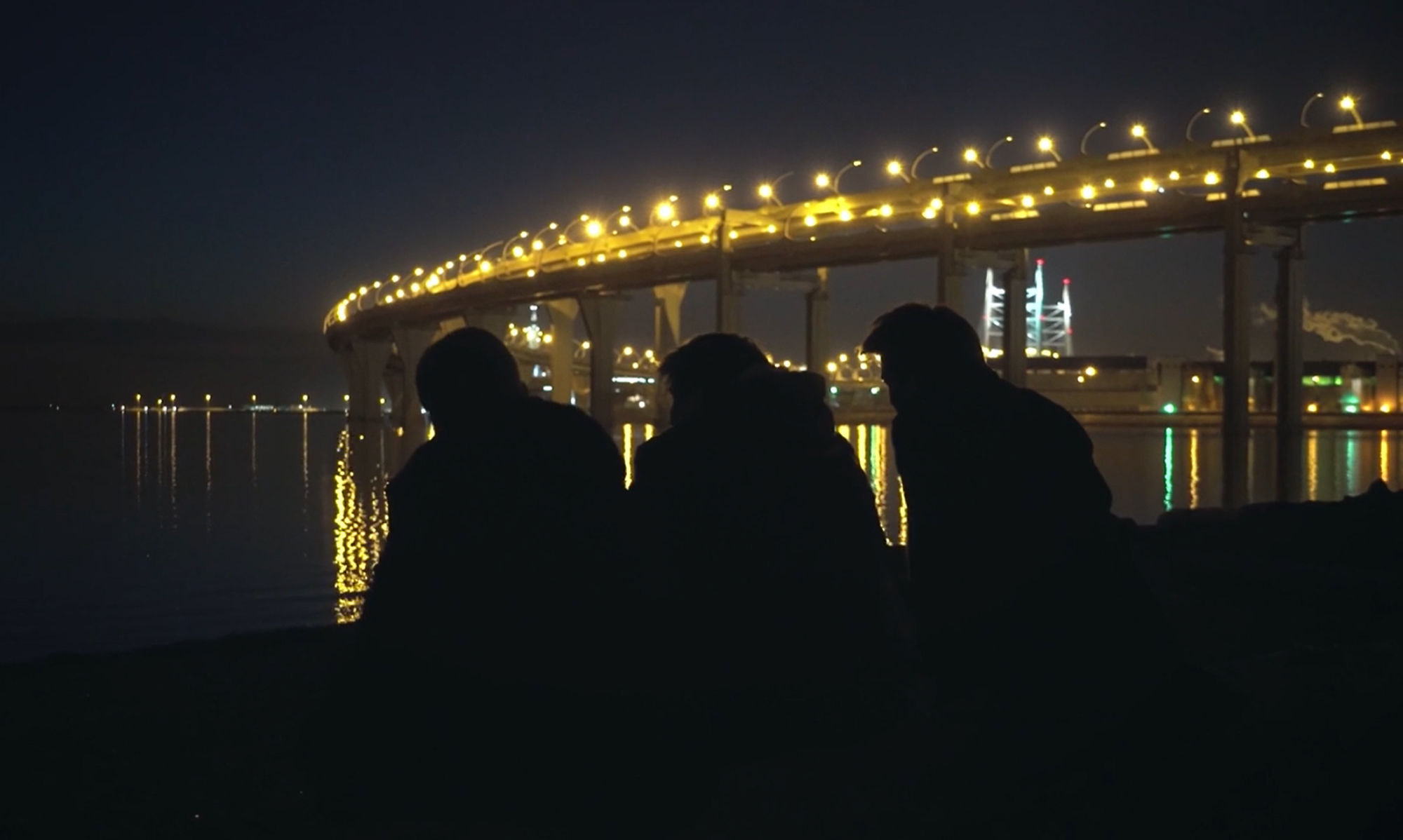In Praise of VJ Emmie
by Tommy Soodak
Please read the crafter statement before watching the video essay. Thank you.
The film Who Killed Captain Alex? was created on a purported budget of 85 dollars in Wakaliga, a slum of the Ugandan capital of Kampala (Coleman). A car jack was employed in lieu of a tripod, cow blood was used for squibs, and– during production– dozens were killed by police as riots ravaged the city (Director’s Commentary). Regardless, Captain Alex went viral in the West, with over six million views on Youtube at the time of writing.
This virality was due in large part to the “video joker,” which is a unique part of the local cinematic experience. The video joker, or VJ, was born out of pure necessity (Slavkovic 197-198). Until 2005, there were no locally produced films, so movies had to be imported from other countries and translated into the local language of Luganda (197-198, 203). Cinema was most commonly consumed in video halls, generally in a “shack” where a small screen would display a movie played off of videocassettes (198). A dubbing process integrated onto a cassette would be cost prohibitive and so, instead, a VJ would be present during the screening and translate the film in real time while adding comedic commentary (197-198). As VJs’ popularity grew, and as video halls declined, video jokers began selling copies of films with prerecorded commentary (198). While a film industry in Luganda does now exist, because much of the cinema consumed in Uganda remains foreign, the VJ has remained part of the moviegoing experience (Director’s Commentary).
The original version of Captain Alex was intended for local distribution in Kampala, hence Luganda was used and, therefore, there was no need for translation (Captain Alex). The Luganda trailer for the film went viral on YouTube because of its over the top apparent parody of action films. After learning of this popularity, the director, Isaac Nabwana, reappropriated the local video joker practice for a Western audience and had the locally famous VJ Emmie provide commentary on the film in English (Director’s Commentary). This process accomplished a few things. For one, it made the film accessible to Westerners through translation. Also, the VJ made the film far more entertaining and comedic. Finally, the use of the VJ allowed Nabwana to share Uganda’s local cinematic tradition with the world. Few Westerners are familiar with African cinema, and far fewer with Ugandan film. Captain Alex, was, as Emmie says “the first VJ in English,” and therefore allowed a rare glimpse into indigenous cinematic consumption practices not known to a general Western audience.
Nabwana based many of the scenes in Captain Alex on his experiences growing up during conflict. For example, in the film a helicopter is shown destroying buildings behind itself. This sequence was based upon an experience Nabwana had during the Ugandan Bush War where he and his brother were chased by an attack helicopter; Nabwana’s brother informed him that they must stay in front of the aircraft as it can only drop bombs backwards (Director’s Commentary). The film also showcases the poor conditions of the director’s slum, Wakaliga.
However, the VJ turns this tragedy of the nation into comedy, for example by ironically referring to Uganda by its nickname the “pearl of Africa” while a flooded campsite filled with turbid orange water is shown in the background. The actors themselves are strongly enjoying the production of this film, made evident by their constant smiling during intense scenes. This joy, in conjunction with the comedic VJ, allows a different viewpoint not typical of Western depictions of least developed nations. If Captain Alex was a solemn depiction of the poor conditions of Uganda, few would watch it. The VJ’s absurd comedy caused the movie to go viral, allowing a wide distribution of this novel viewpoint.
My video essay demonstrates this comedic value by beginning with Nabwana explaining the unique value the VJ adds to his film and how it gives it “another life.” The VJ himself is shown simultaneously in the background, and his narration throughout the film is subtitled in yellow, with the original Luganda dialogue subtitled in white. A wipe effect is used to demarcate the transition from the version of the film with and without the video joker to showcase the monumental effectiveness of his addition.
Works Cited
- Coleman, Korey. “Alan Hofmanis Interview – What up, Son?! Live @ 9:30 PM CST.” Double Toasted, 6 2019.
- Emmie, VJ. “Special Message from VJ Emmie.” YouTube, Google, 6 Apr. 2020.
- Nabwana, Isaac Godfrey “Who Killed Captain Alex: Uganda’s First Action Movie (English Subtitles & Video Joker) – Wakaliwood.” YouTube, Google, 1 Mar. 2015,.
- Nabwana, Isaac Godfrey Geoffrey. “Who Killed Captain Alex: Director’s Commentary.” YouTube, Google, 28 2015
- Slavkovic, Milica. “Filmmaking in East Africa: Focus on Kenya, Tanzania, and Uganda.” Small Cinemas in Global Markets: Genres, Identities, Narratives, edited by Lenuta Giukin et , Lexington Books, 2015, pp. 197–202.
